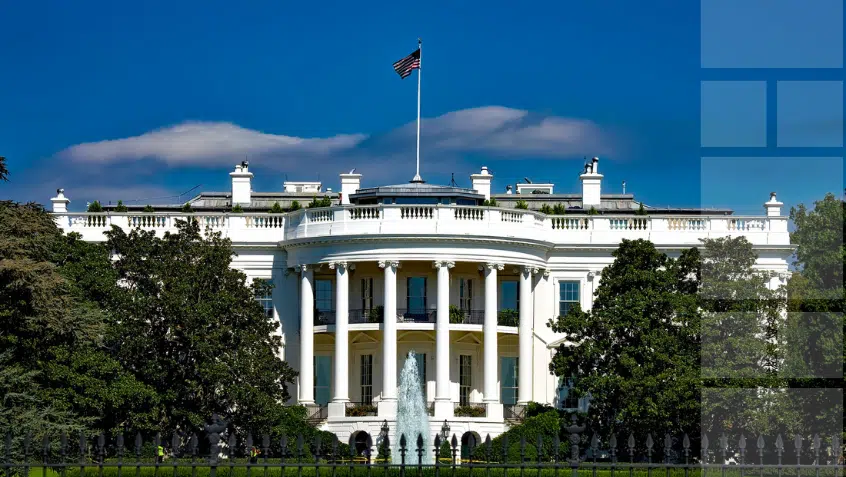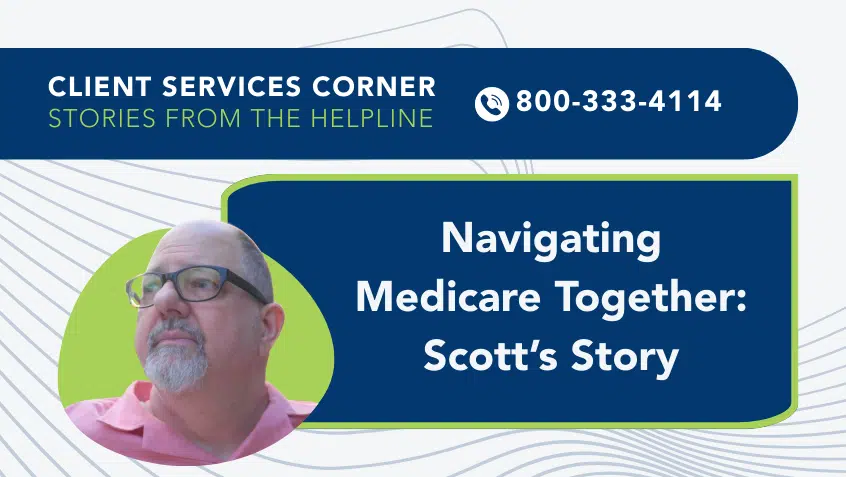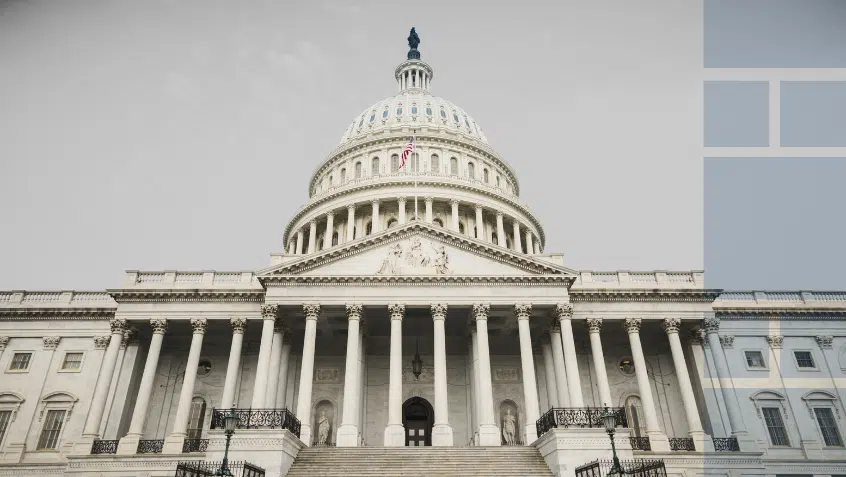Join Us Live for a Discussion on Medicare, Democracy, and the Future of Health Care
President’s Budget Request Outlines Priorities for Fiscal Year 2025

On Monday, the White House released President Biden’s budget request to Congress for fiscal year (FY) 2025, which begins on October 1.
Presidential budgets are important policy and messaging tools that articulate the administration’s goals and are often used to guide reforms, introduce or refine ideas, and stake out positions. They are typically comprehensive and detailed, including spending levels for nearly every federal agency and activity as well as legislative priorities. This year’s budget follows suit, offering both specific ideas and a broad vision for the future.
Among the outlined policies are several impacting Medicare and Medicaid. Notably, the FY25 budget recommends significant investments in long-term care, allocating $150 billion over 10 years to Medicaid home and community-based services (HCBS). This funding would help more people remain in their homes and communities, improve the quality of jobs for home care workers, and better support family caregivers.
The budget also addresses Medicare sustainability. It would extend Part A Trust Fund solvency indefinitely, largely through the closure of existing tax loopholes and an increase to the Medicare tax rate on incomes above $400,000 (from 3.8% to 5%). Other notable Medicare policies would help extend benefits and affordability, including a $2.00 cap on certain generic prescriptions, an expansion of Medicare’s authority to negotiate prescription drug prices, better coverage for nutrition-based services, increased oversight of nursing homes, and enhanced access to behavioral health care.
To strengthen protections for people who have lower incomes, including those who are dually enrolled in Medicare and Medicaid, the budget would align eligibility across the Medicare Savings Programs (MSP) and the Part D Low Income Subsidy (LIS), simplify MSP renewal timelines, and apply retroactive coverage of Medicare Part B premiums more consistently. It also recognizes the importance of New York’s Fully Integrated Duals Advantage (FIDA) demonstration, supporting efforts to unify the Medicare-Medicaid appeals processes for people in integrated managed care plans.
The budget would also make quality health coverage easier to obtain and afford for those who are not yet Medicare eligible. It would broaden key Inflation Reduction Act cost protections to the commercial market, permanently extend the enhanced Affordable Care Act’s tax subsidies, and provide Medicaid-like coverage to individuals in non-expansion states, paired with incentives to make sure Medicaid expansion states maintain their programs.
Medicare Rights appreciates the proposals in the FY25 budget that would lower beneficiary costs, strengthen health care and social support systems, and improve access to high quality coverage. We urge Congress to similarly prioritize the beneficiary experience in the spending debates and decisions yet to come.
Show Comments
We welcome thoughtful, respectful discussion on our website. To maintain a safe and constructive environment, comments that include profanity or violent, threatening language will be hidden. We may ban commentors who repeatedly cross these guidelines.
Help Us Protect & Strengthen Medicare
Donate today and make a lasting impact
More than 67 million people rely on Medicare—but many still face barriers to the care they need. With your support, we provide free, unbiased help to people navigating Medicare and work across the country with federal and state advocates to protect Medicare’s future and address the needs of those it serves.
The Latest
Most Read
Add Medicare to Your Inbox
Sign up to receive Medicare news, policy developments, and other useful updates from the Medicare Rights.
View this profile on InstagramMedicare Rights Center (@medicarerights) • Instagram photos and videos









